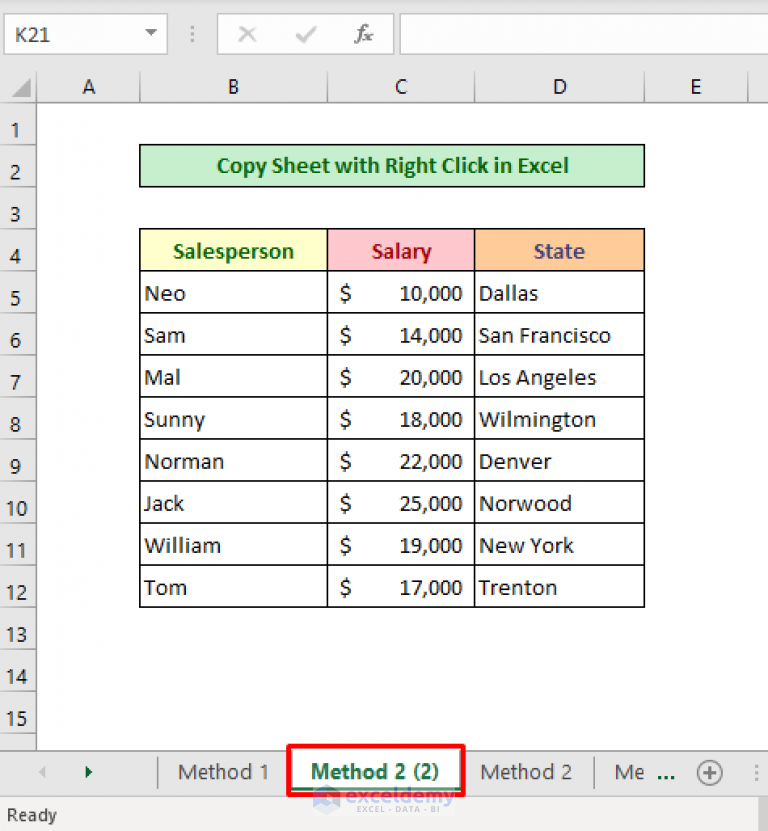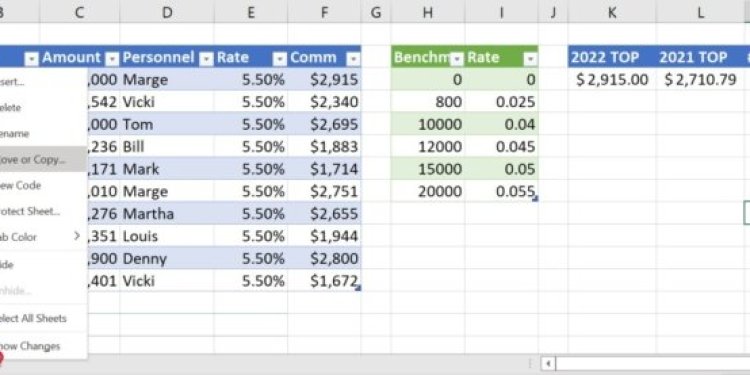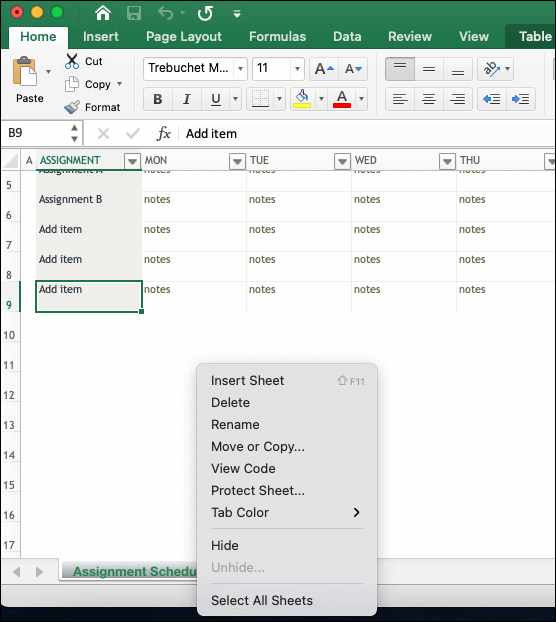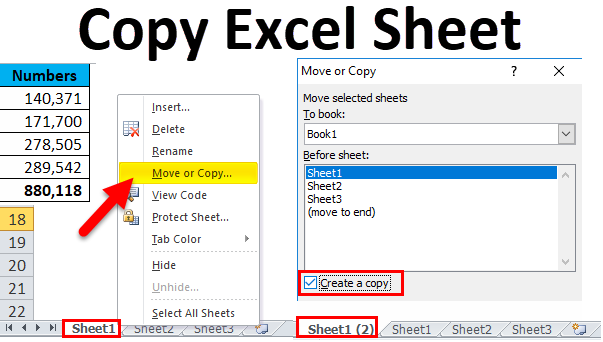Effortlessly Copy Excel Sheet Images with These Tips

Excel spreadsheets are invaluable tools for organizing, analyzing, and presenting data. Whether you're working in an office environment, managing personal finances, or compiling research data, there's often a need to share this data visually through images. However, capturing images of spreadsheets can sometimes be fraught with challenges like image quality, size, and format issues. Here are some expert tips to ensure you effortlessly copy images from your Excel sheets with precision and ease.
Understanding Image Captures in Excel

Before diving into the methods, it’s crucial to understand the basics:
- Excel does not have a native “Save as Image” feature for entire sheets, but you can capture specific areas or elements.
- The quality of your captured image will depend on screen resolution, zoom level, and the method of capture.
Method 1: Using Built-in Windows Snipping Tool

Windows comes with a tool that allows you to capture screen areas effortlessly:
- Open your Excel worksheet.
- Press Windows + Shift + S to open the Snipping Tool.
- Select the ‘Rectangular Snip’ option, then drag over the part of the Excel sheet you wish to capture.
- The image will be copied to your clipboard, ready to be pasted into documents or image editors.
This method is quick but does not allow for zooming or resizing during capture.
💡 Note: Ensure your Excel sheet is in a view that displays the data as you want it to be captured. Adjust the zoom level beforehand if necessary.
Method 2: Using Print Screen with Excel’s “Set Print Area”

For a more controlled capture:
- Select the area you want to copy by going to Page Layout and choosing Set Print Area.
- Hit Alt + PrtSc to capture the active window.
- Paste the image into an image editor like Paint or Photoshop to crop or edit as needed.
Method 3: Screenshot through Microsoft Office’s Add-ins

Microsoft offers add-ins for Excel that can simplify the process:
- Screen Capture for Excel: This add-in allows for capturing visible or selected areas within Excel.
- After installation, you can select “Capture” from the add-in tab in Excel and choose your capture area.
Method 4: VBA for Custom Image Capture

If you’re comfortable with coding, Visual Basic for Applications (VBA) in Excel can automate image capture:
Sub CopyImage() Dim r As Range Set r = Range(“A1:G20”) ‘ Adjust this range to your needsr.CopyPicture Appearance:=xlScreen, Format:=xlPicture With ActiveSheet.Pictures.Paste .Name = "CopiedImage" .Cut .PasteSpecial Format:="Picture (Enhanced Metafile)", Link:=False .Left = 100 .Top = 100 .Cut .PasteSpecial Format:="Picture (Enhanced Metafile)", Link:=False End With
End Sub
Here, the macro creates an image from a specified range and pastes it at specific coordinates on the worksheet.
💡 Note: Ensure your Excel sheet is saved before running VBA scripts to avoid data loss.
Enhancing Image Quality

Here are some tips to ensure you get high-quality images:
- Zoom in on the data to capture details if necessary.
- Adjust gridlines and background colors for better contrast.
- Use a high-resolution screen or monitor for a sharper capture.
Table: Comparison of Capture Methods

| Method | Control | Ease of Use | Quality |
|---|---|---|---|
| Windows Snipping Tool | Medium | High | Screen resolution dependent |
| Print Screen | Low | High | Screen resolution dependent |
| Excel Add-ins | High | Medium | Program specific |
| VBA | Very High | Low (Requires coding) | Excellent |

By mastering these methods, you can streamline the process of creating shareable and professional-looking images from your Excel worksheets. Each method offers different levels of control and quality, allowing you to choose what best fits your needs.
In summary, capturing images from Excel sheets doesn't have to be a daunting task. With the right tools and a bit of practice, you can make this process effortless and precise. Remember to keep your display settings optimal for capturing, utilize tools like the Snipping Tool for quick captures, explore Excel add-ins for more control, or delve into VBA for the most precise and automated solutions.
Can I capture an entire Excel worksheet with these methods?

+
Most methods require manual selection or using ‘Set Print Area’ to capture the entire worksheet. VBA provides the highest control for capturing entire sheets automatically.
Why do my images from Excel look pixelated?

+
Image quality often depends on screen resolution and capture settings. Zoom in on your data before capturing or use a high-resolution screen for better results.
How can I automate capturing multiple sheets at once?

+
Using VBA scripts, you can loop through worksheets and capture them automatically. However, manual setup for each sheet’s data might be necessary.